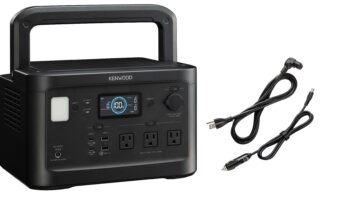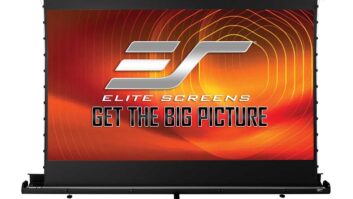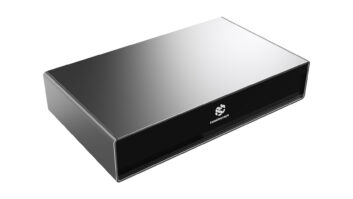The Crickett portable hard disk drive (HDD) planned by Seagate will wirelessly connect to a Bluetooth-enabled cellphone to act as the primary repository for the phone’s video, music, photo and data.
About the size of a Motorola RAZR, Crickett downloads a small Java applet onto the cellphone so the phone can control the storage device, said Rob Pait, Seagate’s global marketing director. Crickett is a temporary code-name that will replaced upon the product’s launch in April.
Pait does not believe the Crickett will add to a consumer’s gadget burden and in fact will help eliminate the need to haul around an MP3 or a portable DVD player because Criskett-stored music and video can be accessed through the phone.
Cricketts will come in 10GB and 20GB capacities and will be sold to carriers and cellphone makers on an OEM basis. Seagate did not announce any OEM partners but did say it will not sell any branded models because the company lacks experience in selling in the cellular market. The 10GB version will carry a $149 suggested retail. Pricing has not been set for the higher capacity model.
Seagate based its decision to enter the mobile phone arena on its belief that the cellphone will become the primary repository for a person’s video, photo and music content, Pait said.
The Crickett was also designed with social networking in mind. A Crickett can talk to another Crickett within Bluetooth range and trade information that the owner has decided to make public, much like a network-attached storage device. However, one user’s Crickett cannot be controlled from somebody else’s phone. Content can be downloaded onto the Crickett from a PC through a USB connection.
While the Crickett is Seagate’s first venture into the cellular market, Pait sees hard-drive storage making serious inroads into cellphones. He expects HDD-equipped cellphones to hit the market later this year in response to the large amount of video expected to become available through the cell carriers this year.













